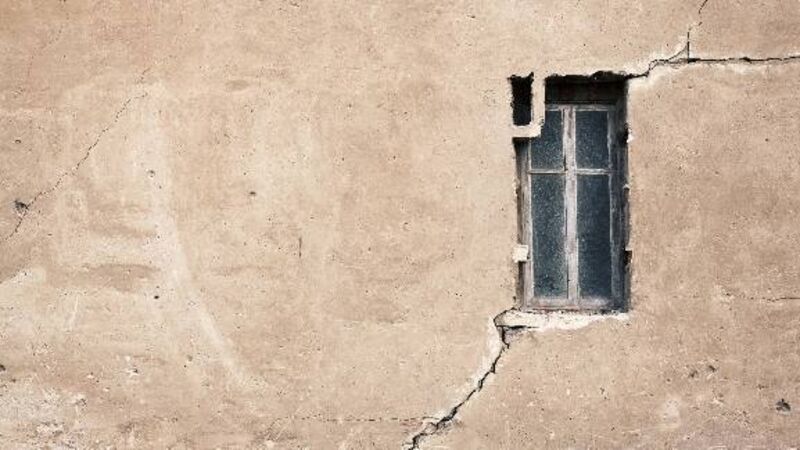Tips on dealing with subsidence, rising damp, and dry rot

Rising damp will make other damp problems worse — and mould is a key indicator.
Dry rot can take hold in warm, unseen parts of a building and can be difficult to see for some time.
Try from €1.50 / week
SUBSCRIBERising damp will make other damp problems worse — and mould is a key indicator.
Dry rot can take hold in warm, unseen parts of a building and can be difficult to see for some time.
Already a subscriber? Sign in
You have reached your article limit.
Annual €130 €80
Best value
Monthly €12€6 / month
Introductory offers for new customers. Annual billed once for first year. Renews at €130. Monthly initial discount (first 3 months) billed monthly, then €12 a month. Ts&Cs apply.
CONNECT WITH US TODAY
Be the first to know the latest news and updates
CONNECT WITH US TODAY
Be the first to know the latest news and updates

Our team of experts are on hand to offer advice and answer your questions here
Newsletter
The best food, health, entertainment and lifestyle content from the Irish Examiner, direct to your inbox.
© Examiner Echo Group Limited